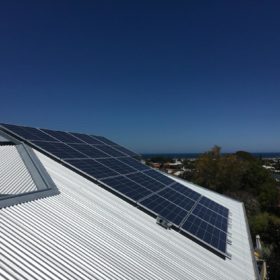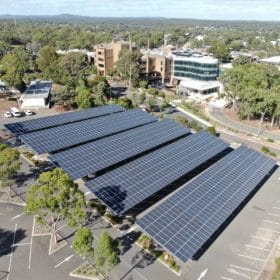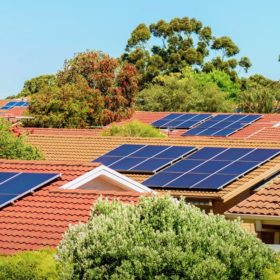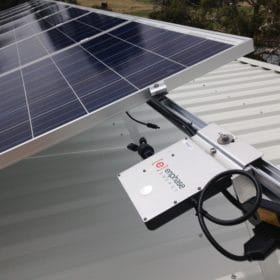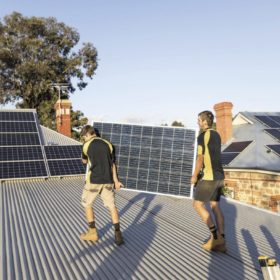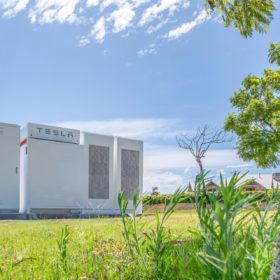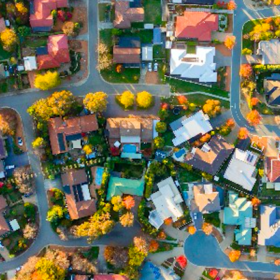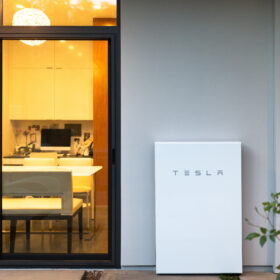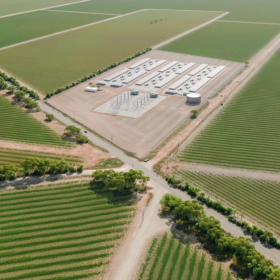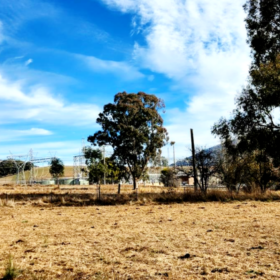South Australian rooftop solar switched off in search for stability
The search for power system security has sparked an Australian first with the Australian Energy Market Operator (AEMO) confirming South Australian energy authorities switched off 67 MW of rooftop and large-scale solar PV at the weekend when electricity demand plunged to a near-record low.
La Trobe University a study in solar energy application
With campuses throughout Victoria, La Trobe University this month further reduced its regional campus emissions by installing solar panels over more than 200 car-parking spaces — another milestone in its commitment to achieve net-zero by 2022!
Regulator predicts rooftop PV poised for another record year
Australian households delivered a record year for rooftop solar PV in 2020 with more than 350,000 small-scale solar systems totalling 3 GW installed across the country and the rapid growth shows no signs of slowing with the Clean Energy Regulator (CER) tipping another 4 GW could be installed before the end of 2021.
In the mind of a residential PV system owner
Scientists in the Netherlands have identified five different profiles of homeowners that have installed or could install rooftop PV systems. According to their findings, substantial differences characterise the five segmentation groups. The research is intended to help policymakers and solar companies to better promote PV technology among potential new adopters.
AEMC announces new standards for rooftop solar
With rooftop solar installations numbers hitting record highs right across the nation, the Australian Energy Market Commission (AEMC) has announced new technical standards for inverters will be introduced to help the electricity grid cope with the influx and provide system strength.
Regulator credits renewables for continuing fall in electricity prices
The Australian Energy Regulator has released its Default Market Offer for 2021-2022, and it is another fall in electricity prices, especially if you live in South Australia, New South Wales or south-east Queensland. The regulator says one of the main factors driving the now continuous fall in electricity prices is the investment in renewables, in particular the estimated uptake of rooftop solar.
Weekend read: The big PV switch-off
South Australia is leading the nation in terms of renewable energy penetration, with rooftop solar a major contributor. But the state’s hard-won ability to deactivate thousands of rooftop solar systems in response to grid voltage disturbances has caused significant disruptions to solar installers. With a deeper look inside the changes, it appears to be a good thing for solar in the state, as well as other markets in which distributed PV is growing rapidly.
Western Australia continues community battery rollout
The highly successful Western Australian community battery rollout continues with the expansion of the PowerBank trial, run by the state’s biggest generator and retailer Synergy in conjunction with state-owned network operator Western Power.
Rooftop solar drives Australia to renewable energy record
The rise and rise of rooftop solar PV has established Australia as a renewable energy powerhouse with new figures from the Clean Energy Regulator (CER) revealing the nation achieved a record in renewable capacity in 2020.
A duck for coal generators in VIC as twin outages failed to register through strong solar
Two outages at coal fired power generators in Victoria last weekend failed to faze the energy market as strong solar uptake ensured wholesale prices actually fell into the negative despite major units going offline at the height of summer.
